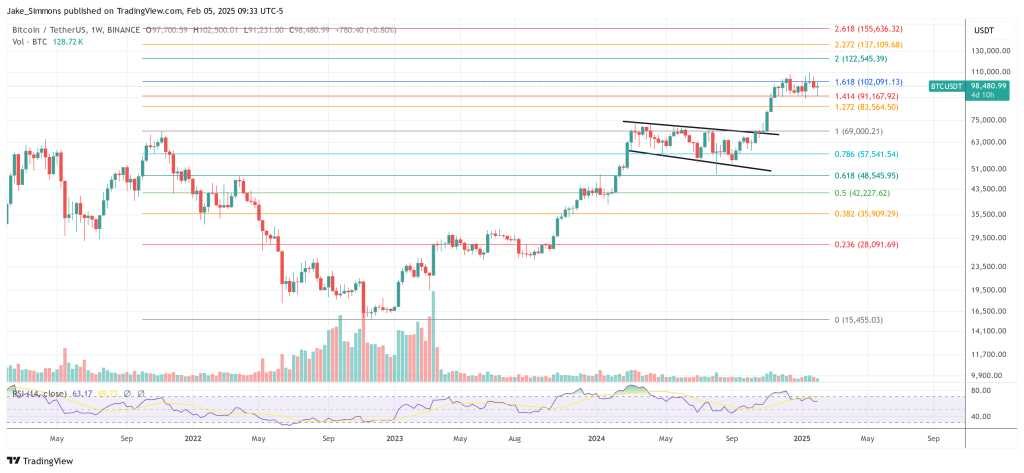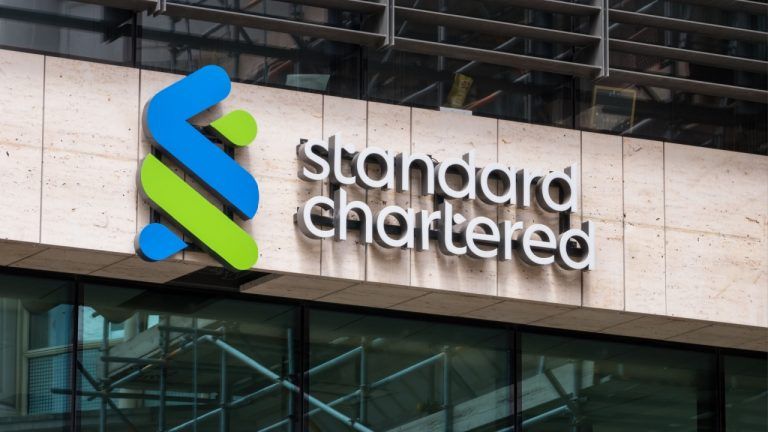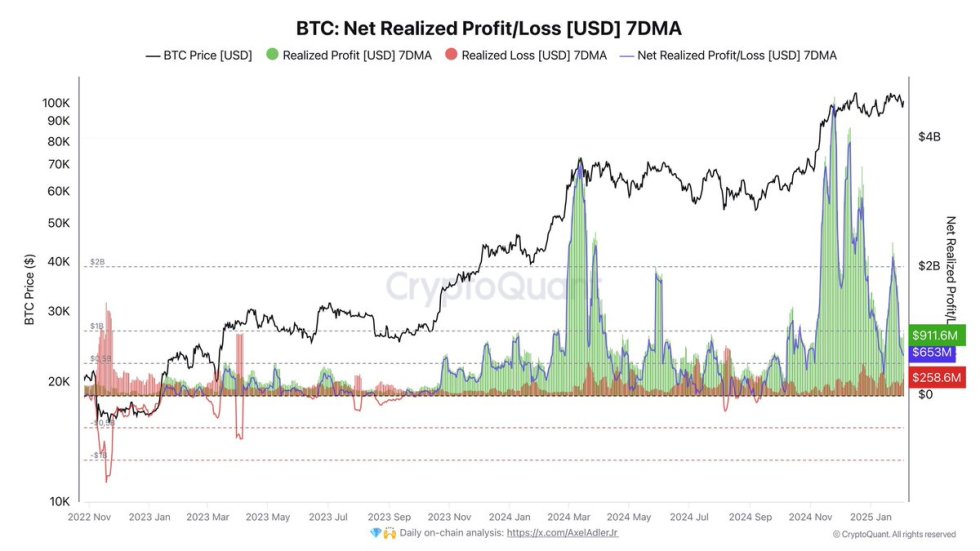We provide over 100+ FREE crypto articles on our SubStack! :D (Link on our profile)
TLDR
We are creating dynamic systems and integrating the financial infrastructure into this new system. And this new system can integrate the current policies in place like fractional banking and reserve banking with capital efficiency. The innovation it brings now is dynamic monetary policy and reduced time lag in monetary response. We see an increasing number of papers being written on more robust monetary policies by central banks. They seem novel and to implement them to rewrite the current monetary system is difficult. But with algorithmic stablecoins we can experiment with these designs and study the empirical evidence of their efficiency. In this way we can build better monetary models for the future.
What Is Stablecoin?
Stablecoins are crypto assets that try to reduce volatility by pegging the value to another asset. Thus, it is stable with respect to the asset. For example, the value of the stablecoin will often be anchored to another type of stable asset such as central bank money (USD, CHF, RMB, SGD) or a commodity (gold, silver, precious metals).
Why We Need Stablecoin
Stay tuned for our algo stablecoin research paper coming out! It is a collaboration between Economics Design, Lemniscap VC and Bocconi University.
TLDR: easy access to this new digital crypto space.
Stablecoins appear to solve the biggest problem in the current cryptocurrency market, volatility. For traders or investors, they can convert assets to stablecoins to avoid cryptocurrency volatility without necessarily converting to fiat.
For stores, it is difficult for a company to accept payment with a cryptocurrency when there is a fluctuation of 20-30% in value in a short period of time. This makes the broad adoption of cryptocurrencies much more difficult.
Therefore, stablecoin is important as a bridge between the electronic market and the traditional financial market. The transition from fiat to cryptocurrency has been a lot easier since the advent of stablecoins.
As Erik Voorhees, CEO of Shapeshift said:
“Stablecoins are important in the same way that a bridge is important. You may not care much about the bridge, but without it, the beautiful land beyond is much harder to get to”.
Types Of Stablecoin
How are these stablecoins created? Via various mechanisms which can be broadly classified into fiat-collateralised, crypto-collateralised and algorithmic.
Fiat-Collateralised Stablecoin
This is the most popular form of stablecoin in the cryptocurrency market at the moment. The value of these stablecoins is often pegged to the value of real money at a 1:1 ratio.
The main feature of this type of stablecoin is that the total supply of it on the market must be worth the equivalent of the amount of money stored by the issuer.
To ensure the truthfulness of that, the issuers will be inspected, managed and audited by a reputable financial institution such as a bank or financial audit company.
The risk of this type of stablecoin is the risk that the issuer of the stablecoin cannot prove that the reserve amount is of equal value to the value of the stablecoin circulating in the market.
Some typical fiat-backed stablecoins: Tether ($USDT), TrueUSD ($TUSD), USD Coin ($USDC), Paxos Standard ($PAX).
Crypto-Collateralised Stablecoin
Like fiat-backed, crypto-backed stablecoins are stablecoins that are collateralised by a crypto asset.
However, the difference between these two types of stablecoin is where the collateral is stored.
With fiat-backed, collateral is stored off-chain by reputable third parties such as banks or auditing firms.
With crypto-backed, collateral is stored immediately on blockchain (on chain) which is locked in by means of a Smart Contract. This brings transparency as well as decentralisation.
The risk of the form of stablecoin collateralised by crypto is the fluctuation of the price of the crypto coin that is collateralised.
To minimise that risk, these stablecoins have to increase the value of the collateral to a very high level to ensure that price fluctuations do not affect the stability of the stablecoin.
In case the value of the collateralised crypto is lower than the issued stablecoin, the smart contract liquidates the collateralised assets to ensure the stability of the stablecoin.
Some typical stablecoins: MakerDAO ($DAI), Bitshares ($BitUSD), Celo, Reserves ($RSV).
Algorithmic Stablecoin
This type of stablecoin is not collateralised by any kind of asset. Instead, to maintain stability, these stablecoins use an algorithm-based supply-demand elasticity mechanism.
The working nature of this stablecoin is similar to how central banks work with fiat money.
When the value of a stablecoin is too high due to increased demand, the issuer will bring to the market a quantity of stablecoins until the value of the stablecoin is stabilised.
And vice versa — when the value of the stablecoin drops too low, issuers will issue bonds bought with stablecoins to attract speculators to buy stablecoins. This increases the demand for stablecoin which brings its value back to a stable level.
The risk of this form of stablecoin is that when speculators no longer buy bonds, that stablecoin will collapse. A prime example of this collapse is the Basis Stablecoin.
Some typical stablecoins of this type: Carbon, Steeem Dollar, Bitpay Officical, Nubits.
[link] [comments]

You can get bonuses upto $100 FREE BONUS when you:
💰 Install these recommended apps:
💲 SocialGood - 100% Crypto Back on Everyday Shopping
💲 xPortal - The DeFi For The Next Billion
💲 CryptoTab Browser - Lightweight, fast, and ready to mine!
💰 Register on these recommended exchanges:
🟡 Binance🟡 Bitfinex🟡 Bitmart🟡 Bittrex🟡 Bitget
🟡 CoinEx🟡 Crypto.com🟡 Gate.io🟡 Huobi🟡 Kucoin.



















Comments